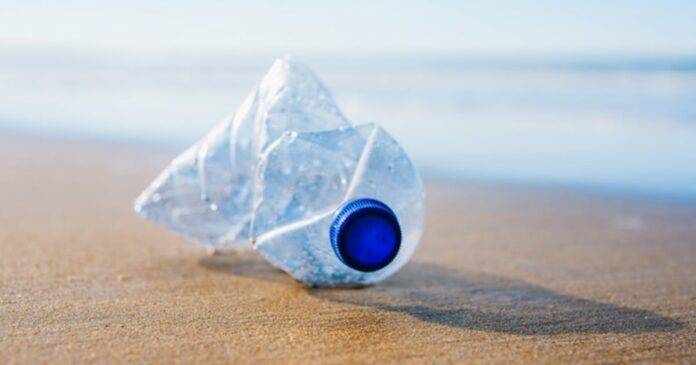Coca-Cola’s Plastic Use and Environmental Goals
Coca-Cola’s plastic use is projected to increase by nearly 40% between 2018 and 2030, according to Oceana. The organization claims that Coca-Cola has chosen to stick with plastic packaging, despite the availability of alternative packaging formats. Oceana estimates that The Coca-Cola Company’s plastic use could exceed 4.1 million metric tons per year by 2030, with 602,000 metric tons expected to enter the world’s waterways and oceans annually. This amount of plastic could fill the stomachs of more than 18 million blue whales.
Currently, Coca-Cola’s portfolio utilizes around 10.2% reusable packaging. If the company were to increase this to 26.4% by 2030, it could potentially reduce its annual plastic use. However, Coca-Cola recently announced that it had abandoned its goal to make 25% of its packaging reusable, instead focusing on recycled content and collecting single-use bottles for recycling.
In 2022, Coca-Cola announced a new goal to ensure that at least 25% of its beverages sold globally would be in refillable or returnable packaging by 2030, up from 16% at the time. However, in December, the company revised its environmental goals and quietly dropped the 25% reusable packaging target. The new goals include using 35% to 40% recycled material in primary packaging (plastic, glass, or aluminum) and increasing recycled plastic use to 30% to 35% globally. Coca-Cola also aims to ensure that 70% to 75% of bottles and cans it produces are collected for recycling.
A Coca-Cola spokesperson emphasized the company’s focus on using more recycled material in primary packaging and supporting collection rates. The company has invested in establishing new producers of recycled plastic and expanding refillable packaging options. Coca-Cola continues to support a Global Plastic Treaty through the Business Coalition for a Global Plastic Treaty, which sets targets on recyclability, recycled content, and collection.
Despite these efforts, Oceana’s Senior Vice President Matt Littlejohn believes that Coca-Cola should prioritize addressing its plastic problem and reducing its plastic footprint, rather than focusing on single-use plastic and recycling. Littlejohn suggests that reusable packaging should be a priority for Coca-Cola, as it has been proven to reduce plastic waste and is beneficial for business.
In conclusion, while Coca-Cola has set ambitious goals to increase the use of recycled materials and improve collection rates, there is a call for the company to prioritize reusable packaging as a more effective solution to reducing plastic waste. Collaboration with local and global partners, investment in infrastructure, and engagement with policymakers will be crucial for Coca-Cola to make meaningful progress towards sustainability.




